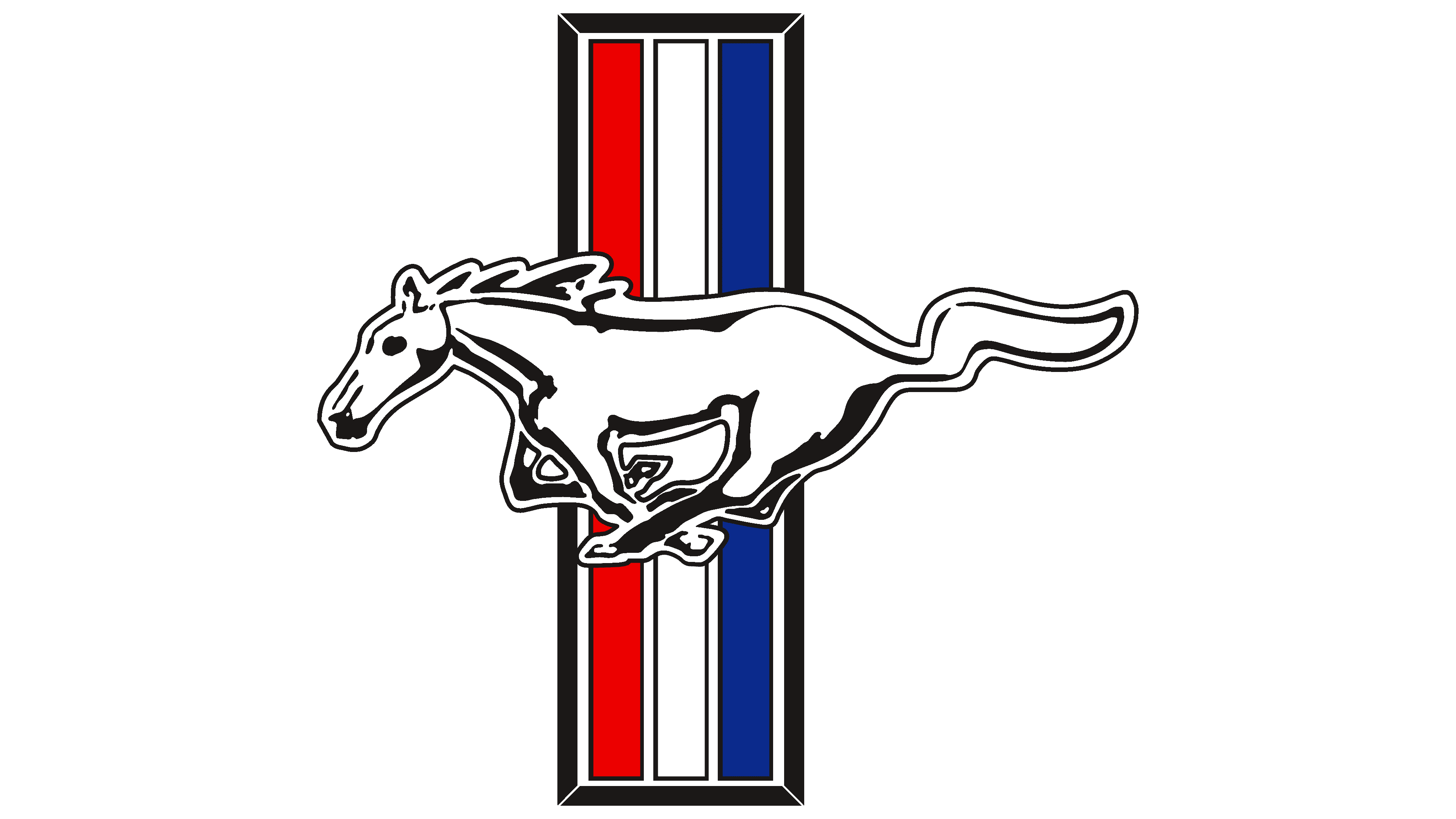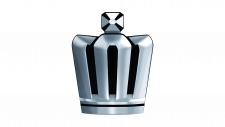Mustang Logo
Mustang, primarily known for its iconic car model, is a part of the Ford Motor Company’s product lineup. Currently, it retains its reputation for producing high-performance, sporty coupes and convertibles. With a strong presence in North America, Mustang is also capturing markets globally, with Europe and Asia as key regions. Owned and operated by Ford, Mustang is consistently evolving, integrating modern technology while preserving its legendary design and spirit. The brand’s recent foray into electric vehicles, with the Mustang Mach-E, underscores its commitment to innovation and the future of mobility.
Meaning and history
Mustang, an emblem of American muscle cars, was birthed by Ford Motor Company in 1964. Conceptualized by Lee Iacocca, its goal was to produce an affordable, sporty coupe targeting younger consumers.
From its debut, the Mustang was an instant success, selling over 400,000 units in its first year. Its initial design laid the groundwork for the “pony car” class – compact, stylish cars with a sporty edge.
Through the 1970s, responding to oil crises and changing consumer preferences, the Mustang evolved into a smaller, more fuel-efficient model. However, by the late 1980s and early ’90s, a desire to return to its powerful roots led to the resurrection of the V8 engine and a design nod to its initial models.
Ownership has remained consistent under the Ford umbrella, but Mustang’s production saw shifts. Originally manufactured in Dearborn, Michigan, production later moved to Flat Rock in 2004.
Mustang’s 50th anniversary in 2014 celebrated its global reach, with sales in Asia and Europe. The brand further innovated by launching the Mustang Mach-E, its electric SUV variant, in 2020.
Over the decades, the Mustang endured challenges but has always emerged stronger, preserving its legacy while adapting to the market’s pulse.
1964 – Today
The emblem’s stallion strides from the right to the left. Originally, the design intended for the opposite direction, evoking imagery from horse races. However, due to a manufacturing error in the stamping mold, this orientation was unintentionally altered. This change was eventually embraced, as it highlighted the horse’s untamed spirit, reminiscent of it sprinting unrestrained across vast plains.
It’s worth noting that the logo could have showcased a jaguar instead. Prior to settling on “Mustang,” several alternative names were on the table, with “Cougar” being the frontrunner. The switch to “Mustang” occurred just before launching the car, and it proved to be a masterstroke by Ford. The stallion seamlessly symbolizes the essence of both the North and South Americas: the raw spirit of open fields, equestrian cultures, dusty trails, and expansive ranches. The vehicle was an instant sensation among consumers, with sales surpassing 1 million units within its initial two years.
Embellishing the backdrop are three intertwined stripes in white, blue, and red, mirroring the hues of the American flag.











